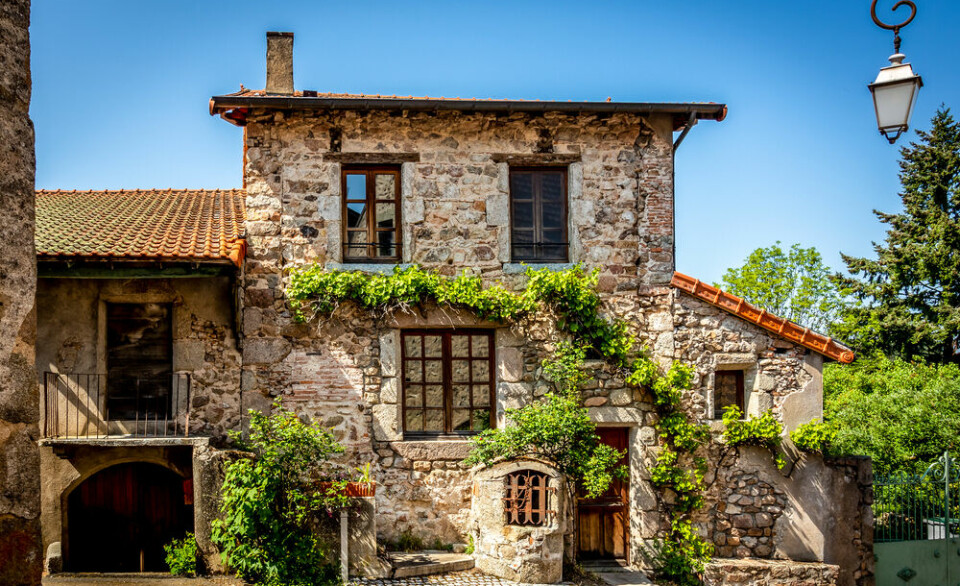What types of water can be used to fill swimming pool at French home?
New pools can be filled in for the first time despite drought restrictions
An average swimming pool can take up to two days to be filled with water from the mains
Cmspic / Shutterstock
Reader Question: We are installing a swimming pool at our home in France and want to know if there are restrictions on the water we can use for it. We have a well on our property, could we use the water from here?
There are multiple ways you can fill your pool up with water after installing it.
The most common method is to simply fill it up through the mains from an exterior tap on your property (if you have one) and a hose.
You can usually calculate the cost of filling up the pool by looking at your most recent water bill, which gives the cost of water per m3, and times that by the size of your pool.
This can take up to two days depending on the size of your pool however, so be prepared to have to wait.
An alternative method is to hire a company to come and fill your pool up using a camion-citerne d’eau.
While this is less common in France, certain companies do offer the service, however it will be more expensive than filling up the pool yourself and there is unlikely to be anything ‘special’ about the water.
For example, you will still need to treat it yourself as you would water from the tap.
In the case of refilling or ‘topping-up’ your pool, you can use rainwater.
Can you use well water?
It usually is possible to fill your swimming pool using well water, provided you have the means to do so.
There are no national regulations against it, but local rules may be in place. You should check with your mairie about this (note also that owners are asked to declare their wells to the mairie).
It is also advisable to have your water analysed to see if the water is generally safe and free from dangerous bacteria, especially if you do not use the well often.
Make sure you are certain there is enough water in the well to fill your pool and that your pumps are of good quality, as the high volume of water you will need to pump out may damage weaker systems.
It takes around the same amount of time as using a tap connected to the mains to fill the pool this way.
While there is no restriction against using this water, it is unlikely that it will be of the same quality as water from the mains, which is pre-treated for minerals, clay, and hardness before being put into the system.
This may make it more expensive and difficult to treat the pool water, both for the first time and subsequent top-ups.
Beware of drought restrictions
It is important to note that swimming pools are among the first things restricted during periods of drought.
In most cases, swimming pools cannot be filled or topped-up as soon as ‘yellow-level’ drought alerts come into force in a commune – the first tier possible.
From this point, filling up a pool is banned, even if you are yet to do so for the summer period.
This applies to filling the pool through all methods, including mains water and bringing in the water via a tanker (even if it comes from an area not subject to droughts)
There is an exemption for filling a brand-new pool for the first time, which for health reasons can be filled up until the most restrictive warnings are in place, at which point all non-essential water usage is banned.
You can find restrictions in your area via the official VigiEau website.






























